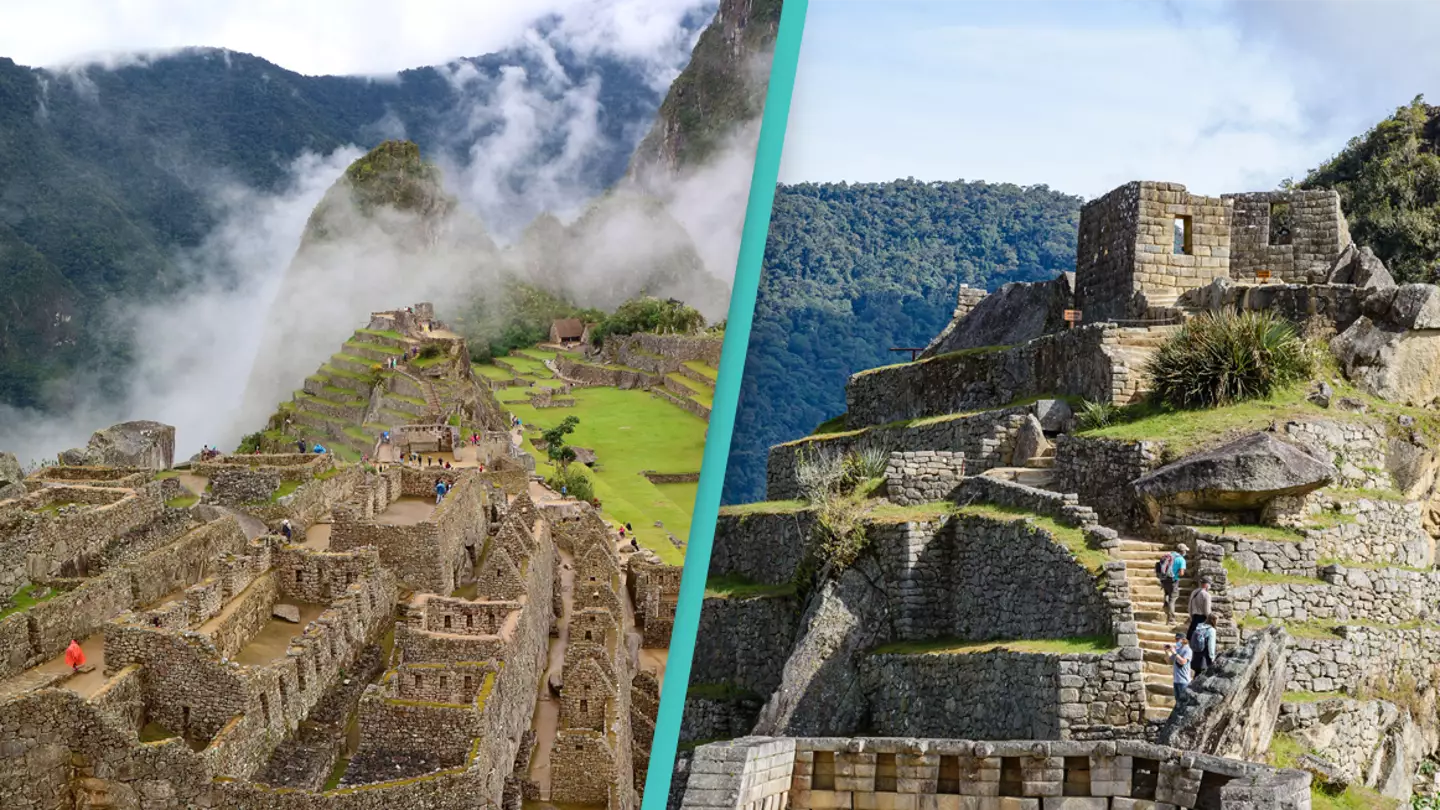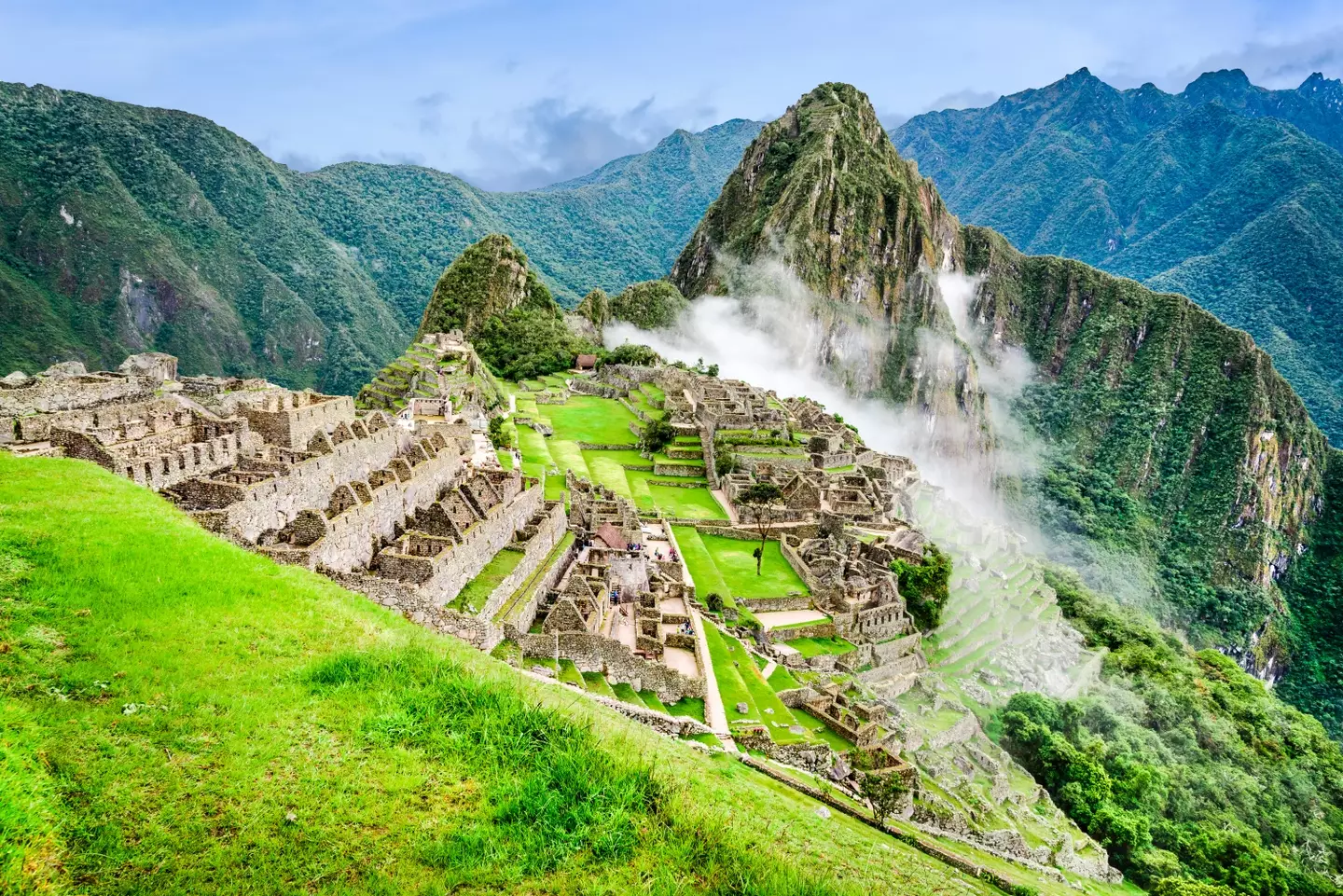
After more than a century of calling it 'Machu Picchu', historians have revealed what is thought to be the real name for one of the most famous archaeological sites in the world.
Located high in the Andes Mountains in Peru, Machu Picchu receives more than 1.5 million visitors per year and is known across the globe as one of the most impressive creations of the Inca Empire.
The site was built in the fifteenth century but was not made known to the outside world until 1911, when it was re-discovered by American explorer Hiram Bingham.

According to research conducted by Donato Amado Gonzales, of Peru’s Ministry of Culture, and Brian S. Bauer, from the University of Illinois Chicago, Bingham called the city Machu Picchu based on information provided by his guide Melchor Arteaga, a farmer who lived in the area,
Advert
However, the report authors both found evidence suggesting the real name for the site had been something else.
The pair decided to team up, and together studied 'the field notes of Hiram Bingham, toponyms on nineteenth century maps, and information recorded in seventeenth century documents' for the report published in Ñawpa Pacha: Journal of Andean Archaeology.
One of the most noteworthy documents came from 1588, and stated the Indigenous people of the Vilcabamba region were considering returning to 'Huayna Picchu', suggesting this was the name used by the Incas who built the city.
"We began with the uncertainty of the name of the ruins when Bingham first visited them and then reviewed several maps and atlases printed before Bingham’s visit to the ruins. There is significant data which suggest that the Inca city actually was called Picchu or more likely, Huayna Picchu," Bauer explained.
Emily Dean, professor of anthropology at Southern Utah University in Cedar City, told CNN Huayna translates to 'new or young', while Picchu means 'mountain peak' in the Indigenous Quechua language. Dean, who was not involved in the report, said Machu means 'old', meaning for more than 100 years we have been referring to the site as 'old mountain peak'.
Advert
Despite learning of the error of our ways, report author Bauer did not recommend a name change as Machu Picchu is 'known worldwide'.
Dean agreed a name change was unlikely, noting our current name for the site has been published in thousands of books, articles, advertisements and legal documents, as well as having been adopted by the Peruvian people and their government.
If you have a story you want to tell, send it to UNILAD via [email protected].
Topics: Travel, World News, Life, News
